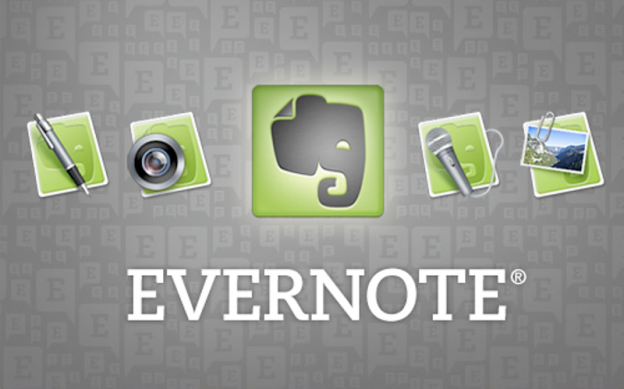 Evernote is on a tear. Over the past year or so, the go-to mobile productivity app has transcended beyond organizational tool by showing off its aspirations at platform status. For such a young company (beta launched in 2008) these are pretty large strides. So how has it been able to cover so much ground, so fast?
Evernote is on a tear. Over the past year or so, the go-to mobile productivity app has transcended beyond organizational tool by showing off its aspirations at platform status. For such a young company (beta launched in 2008) these are pretty large strides. So how has it been able to cover so much ground, so fast?
Equal opportunity
A decent part of Evernote’s success can be attributed to its attention to both the Android and iOS mobile operating systems. Its Skitch app for Android, which helps you annotate images, just reached three million downloads and has issued some important updates.
And we’d be remiss not to mention the host of new apps Evernote launched for iPhone recently. Hello and Food (both of which will come to Android soon) fall under the lifestyle and productivity genres and have already captured early attention, and Evernote+Orange is all about the cloud enterprise.

Taking note of trends
A little more about these new apps, particularly Food and Hello. Like every semi-social product worth is weight, Evernote is jumping on board with the lifestreaming trend. The Facebook Timeline is the most obvious example of this, while Path and an update from Color have each focused on this as well.

It’s a much more personal touch for Evernote, but an incremental one. Instead of weaving social features into its core product, which is more or less all business, the company has established itself as a platform for your productivity with social—and separate—off shoot tools. They complement Evernote without relying on it.
The pay model
Evernote has already made itself vital enough to get plenty of paid users: in fact, CEO Phil Libin said at LeWeb that premium users are on the rise, and that’s because they find out they need it. “In the first month of using Evernote, only a half of one percent pay us. It goes up every month after that. The longer you use it, the more likely you are to pay.”
And if that formula holds true, as long as the company’s user base is growing, it’s bringing in more paying customers (at the moment, that’s some 750,000 paying subscribers). Adding new products also means its establishing itself as something of a suite of tools, and the more users get roped in to additional elements the more likely they are to pay for all that data they are saving and creating.
Evernote also announced it’s profitable, and it’s clearly way beyond a productivity app at this point. We’re not so sure it won’t flounder a bit with its socially-geared apps, but it’s certainly made it to enterprise platform status. It will be interesting to watch Evernote+Orange, which will give storing and syncing service to Orange (a French company) subscribers for free. It’s a service we’re sure to see stateside in the near future, and pairing Evernote applications with cloud computing would only fuel its momentum.


